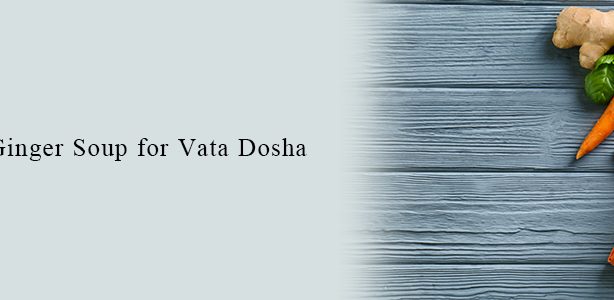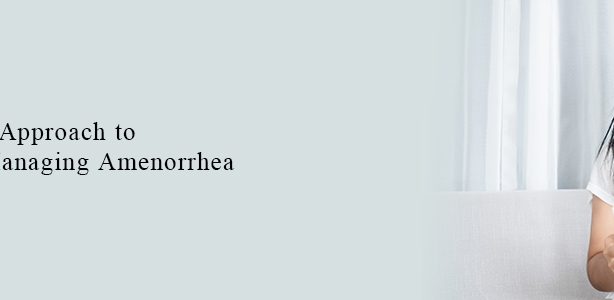Are you concerned about the thought of undergoing knee replacement surgery? If so, you’re not alone. Many people experience anxiety and uncertainty when it comes to major medical procedures. “Fortunately, there are alternatives to knee replacement surgery that can provide relief without the risks and recovery time associated with surgical intervention. One such option is Ayurveda, which has been used for centuries to treat the joints,” says Dr Ajith Kumar, Director and Principal Consultant of Ayush Ayurveda, Singapore, Little India Branch.
The doctor of Ayurveda explains the reasons for knee pain, joint aches and arthritis: The main causative factors of the pain are due to Ama and vata aggression. Dr Aith Kumar emphasises that in order to strengthen the joints, blood circulation around it should be increased. This also helps the muscles and soft tissues around the affected area. The increased blood circulation will:
- Ease pain
- Lubricate joints
- Improves bone density
- Reduces back and neck pain
In the case of knee pain, Ayurveda offers several treatments that can help alleviate discomfort and improve mobility. Ayurvedic physician Dr Ajith Kumar elucidates that, one of the most common treatments for the disease is massage therapy or Abhyanga. The whole body is massaged with warm herbal oil to improve circulation, reduce inflammation, and provide relief from pain, explains the doctor.
The doctor throws light on Ayurvedic treatment for knee pain _ Panchakarma. “It is a detoxification process that involves the use of herbal remedies to eliminate toxins from the body. It also involves various therapies such as herbal steam therapy, oil massages and herbal enemas. This can help to reduce inflammation and improve joint function, leading to less pain and better mobility,” reveals the doctor at Ayush, Singapore.
The doctor goes on to give details about another effective Panchakarma therapy called Janu Basti. He says that it is one of the best to relieve patients of chronic knee and bone-related disorders. What is best about this therapy is that it is also a preventive measure. Healthy individuals can take this to be healthy and keep themselves free of mobility problems or degenerative disorders.
What is Janu Basti? The name itself is a very interesting quip, Dr Ajith Kumar. It is made of two words in Sanskrit (Janu – referring to the knee joint & Basti – which signifies holding). The doctor assures that the oil-pooling treatment is an incredible pain-relieving therapy of Ayurveda.
Dr Ajith describes the procedure:
- With a considerable amount of wet dough of black gram flour a dam-like structure is built around the knee.
- Medicated oils, meant to soothe the knee, are poured inside and left there for some time.
- The oil that is stagnant on the knee, seeps into the skin, joints and the tissues around.
- The herbal oil lubricates the joints, comforts and reduces pain and inflammation.
The Ayurvedic doctor stresses that after the patient undergoes Janu Basti, a full-body massage with calming herbal oils is necessary. Dr Ajith Kumar asserts that only then toxins can be eliminated from the body and the nervous system in turn can be calmed. “Janu Basti, therefore, gives rest, nourishes and rejuvenates the entire body. It also moisturizes the skin, improves lymphatic flow and brings down inflammation,” informs the doctor of Ayurveda at Ayush, Singapore.
Patra Pinda Sweda is another therapeutic Ayurvedic treatment that involves the use of heated herbal poultices, to help alleviate pain and inflammation, says Dr Ajith Kumar.
What are these poultices? Explains the doctor: The poultices are made up of a variety of herbs, which are chosen based on the individual’s specific needs. These herbs may include ginger, turmeric, coriander, cinnamon, and more.
Dr Aith Kumar explains that the poultices are heated by dipping them in warm herbal oil and then placing them on specific areas of the body, such as the knees. The heat and the herbs work together to help reduce pain and swelling and improve joint mobility.
My team here at Ayush, Singapore, usually begins the treatment with a full-body massage using warm herbal oil, revealed the Ayurvedic doctor. After the massage, the heated poultices are applied to the affected area, which is then covered with a cloth to retain the heat. The poultices are then gently pressed and massaged on the area to help release the herbal extracts. This really helps to alleviate pain, assures Dr Ajith Kumar.
The duration and frequency of Patra Pinda Sweda therapy is not the same for every patient, says the doctor. It depends on the severity of the condition and the individual’s response to the treatment. Generally, it is recommended to undergo the treatment for a minimum of 7-14 days, followed by periodic sessions for maintenance, explains Dr. Ajith, Ayush Singapore.
It is not enough to take just these treatments, clarifies the doctor. He insists that it is very important to follow a healthy diet and lifestyle. The doctor is of the view that to relieve the pain in the knee, one has to address the problem of digestion. There is a dire need to enhance the body’s digestion power to reduce vata and only then it will aid to reduce the accumulation of undigested toxic materials in the body. If you want your joints to cooperate even as you age, you must include plenty of fruits and vegetables and whole grains in your diet, spells out Dr. Ajith Kumar.
Director and Principal Consultant of Ayush Ayurveda, Singapore, suggests the following herbs to get relief from arthritis-related pain.
Nirgundi: This herb has anti-inflammatory, anti-convulsing and anti-oxidant properties which help joints to recover fast.
Ajwain: It has anaesthetic properties and helps to handle pain during nippy weather conditions.
Dashmool: Has analgesic and sedative properties to cure joint pain.
Shallaki: Strengthens joints from within, brings down swelling and alleviates pain.
Ginger: This superfood has exceptional antiseptic and anti-inflammatory properties that increase blood circulation in the affected areas.
“Joint function can be improved with regular exercise and low-impact activities like yoga (Virabhadrasana pose, Trikonasana pose and Gomukhasana pose) and walking,” expounds Dr Ajith Kumar. Keep the nasty pain away and load your life with herbs and exercise, I am sure you will be agile as long as you want, concludes Dr Ajith Kumar.



